As part of its outreach initiatives, the Penn State EMS Energy Institute manages three consortia for which the Department of Energy’s National Energy Technology Laboratory (DOE/NETL) provides the base funding. Supplemental funding for the consortia is provided by industry cost share. For example, the New York Energy Research and Development Authority provides funding to the Stripper Well Consortium, and the Gas Technology Institute and Pipeline Research Council International provides funding to the Gas Storage Technology Consortium.
In each consortium, members compete for funding and the executive council selects the projects while Penn State manages and executes the contracts. To learn more about these consortia, current research and membership visit www.energy.psu.edu.
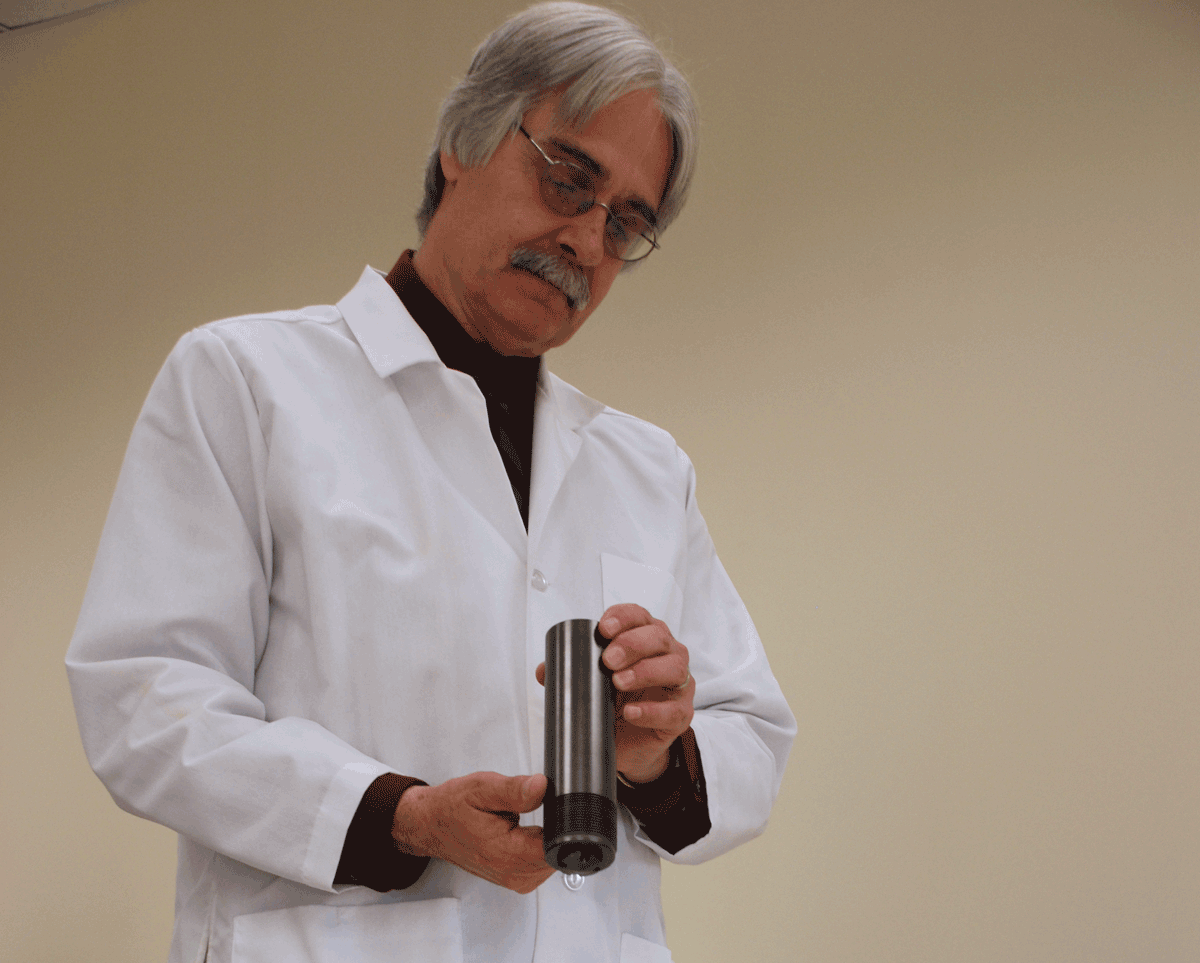 |
 |
Consortium for Premium Carbon Products from CoalThe Consortium for Premium Carbon Products for Coal (CPCPC) was established in 1998. Since that time, it has engaged over 100 companies and provided funding for 95 projects, totaling almost $11 million. Members of the CPCPC propose research initiatives in areas they identify as being strategically important to the coal and carbon/graphite industries. Coal is the largest domestic fossil hydrocarbon resource of the U.S. and it is estimated to last over 200 years at its present usage. However, many premium carbon products developed and manufactured in the U.S. are derived from fossil hydrocarbon sources other than coal, mainly petroleum, creating a dependence on foreign imports to manufacture essential carbon products for the domestic market. The majority of CPCPC’s research is on producing high-value carbon products from coal. Current research activities include projects on such materials as graphite, activated carbon, needle coke, carbon fibers, carbon black, carbon foams, and carbon from coal-fired power plant ash. |
|
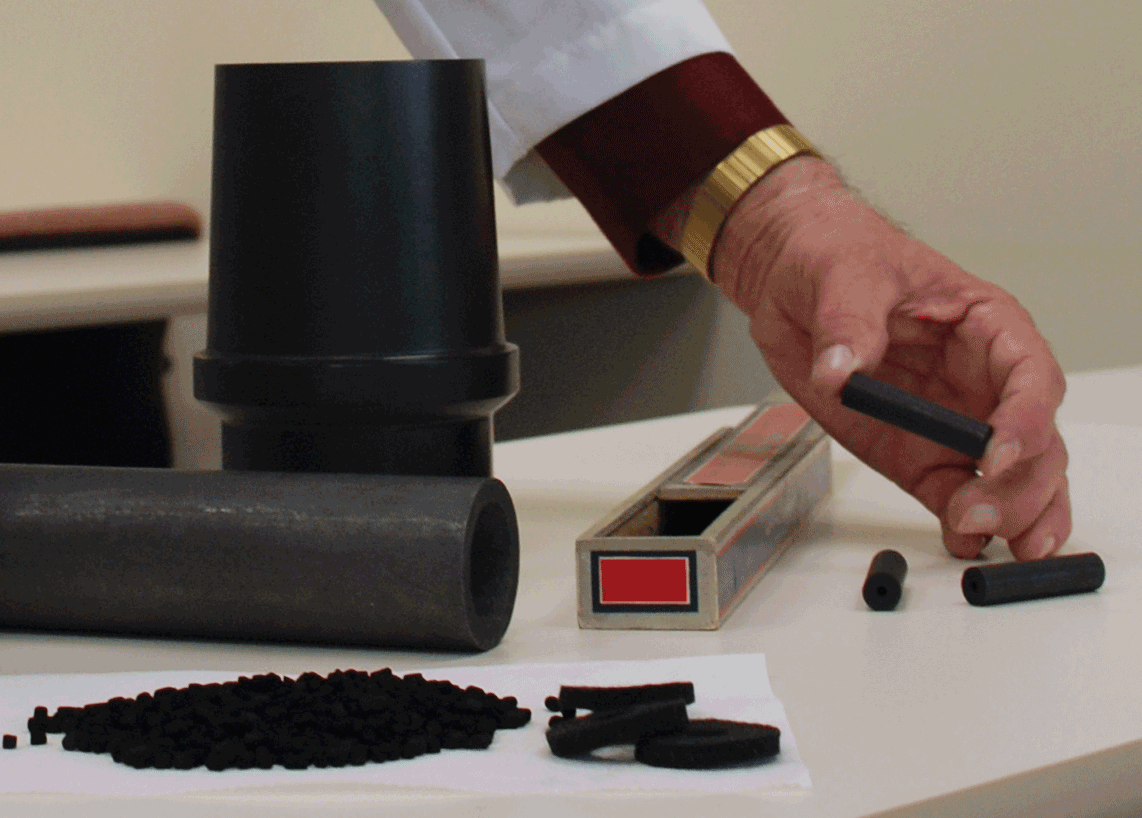 |
|||
Stripper Well ConsortiumThe Stripper Well Consortium (SWC) is an industry-driven consortium focused on developing, demonstrating and deploying technologies to improve the production performance of the nation’s natural gas and petroleum stripper wells. The SWC offers full, endorsing, affiliate, and supporting memberships and is comprised of natural gas and petroleum producers, service companies, industry consultants, universities, and industrial trade organizations. The SWC solicits, reviews and selects co-funded research projects that will lead to an improvement in the production from natural gas and oil stripper wells in four broad areas, including reservoir remediation, wellbore clean-up, surface system optimization and environmental. Since its establishment in September 2000, the SWC has funded 95 projects for a total of over $9.26 million. To combat the premature abandonment of marginal wells, research and technology programs are key components. According to the U.S. Department of Energy, “one out of every six barrels of crude oil produced in the U.S. comes from a marginal well – a well whose production has slowed to 10 barrels a day or less, or 60 thousand cubic feet (Mcf ) of gas or less. There are over 400,000 of these wells in the U.S., and together they produce nearly one million barrels of oil per day, or about 19 percent of the U.S. production.” The SWC strives to support getting technological advances into the field to assist our independent producers and individual entrepreneurs. |
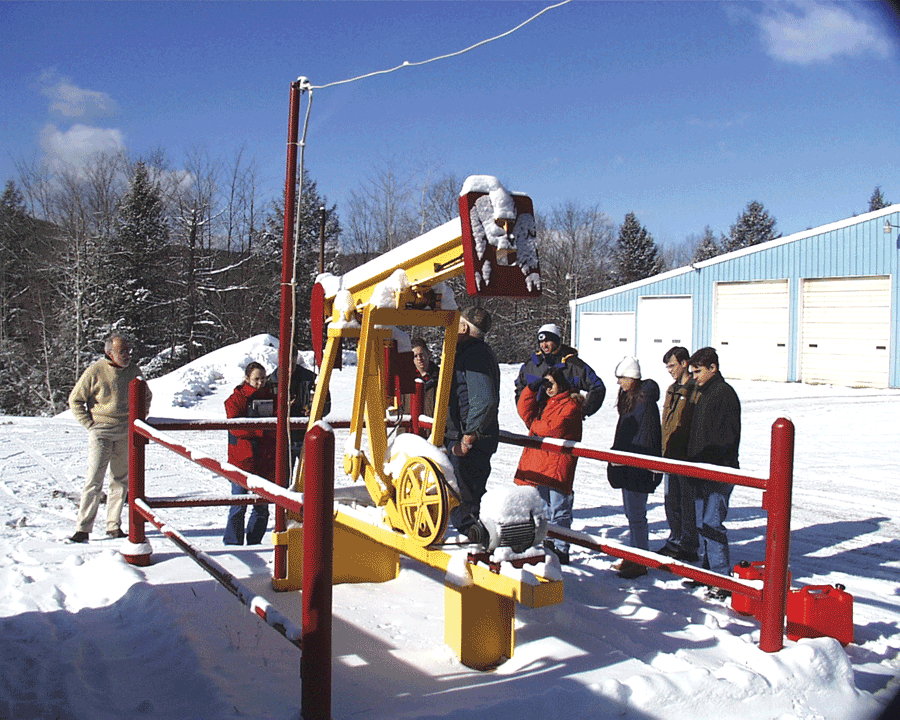 |
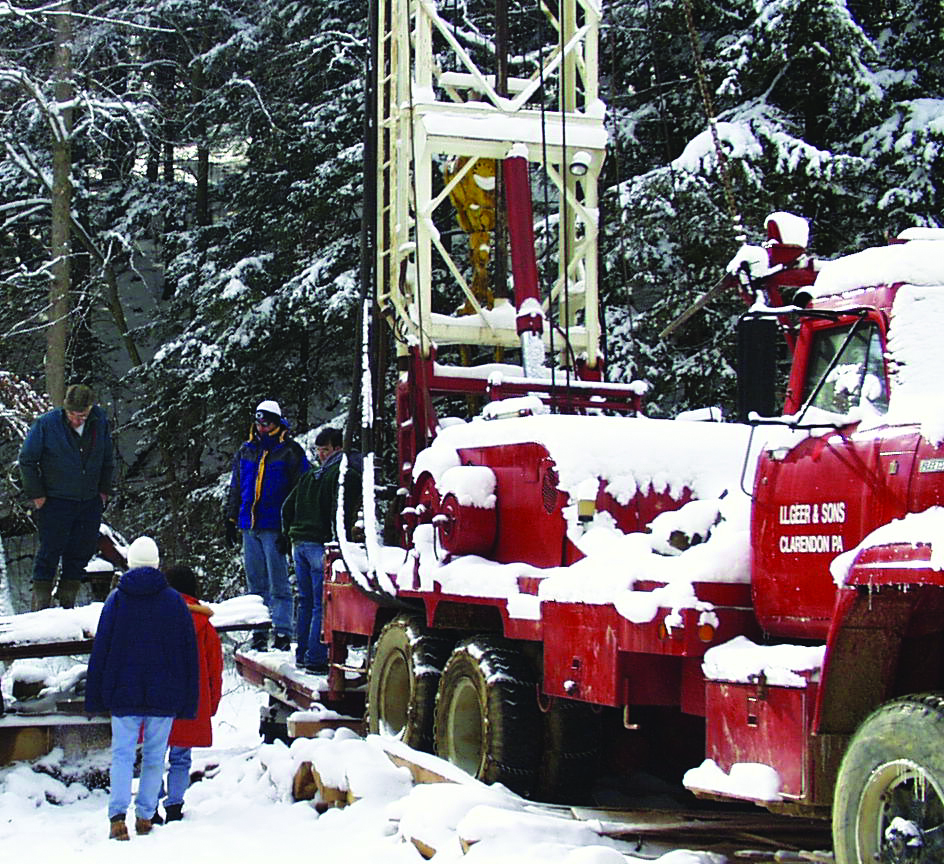 |
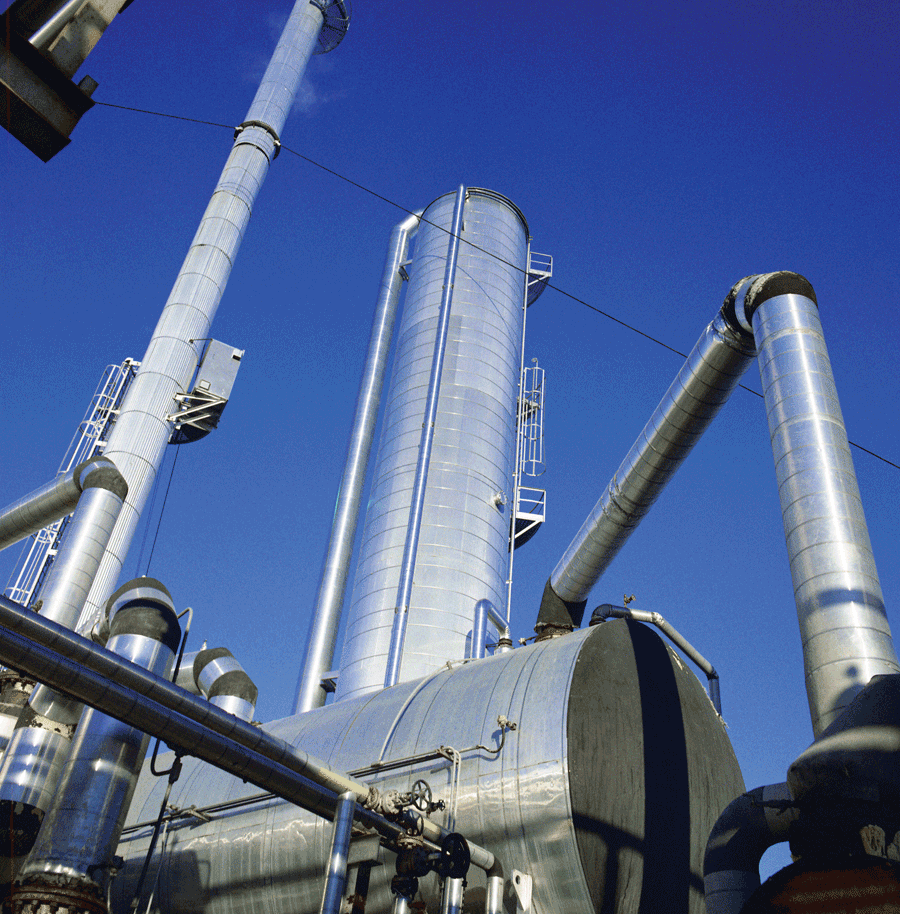 |
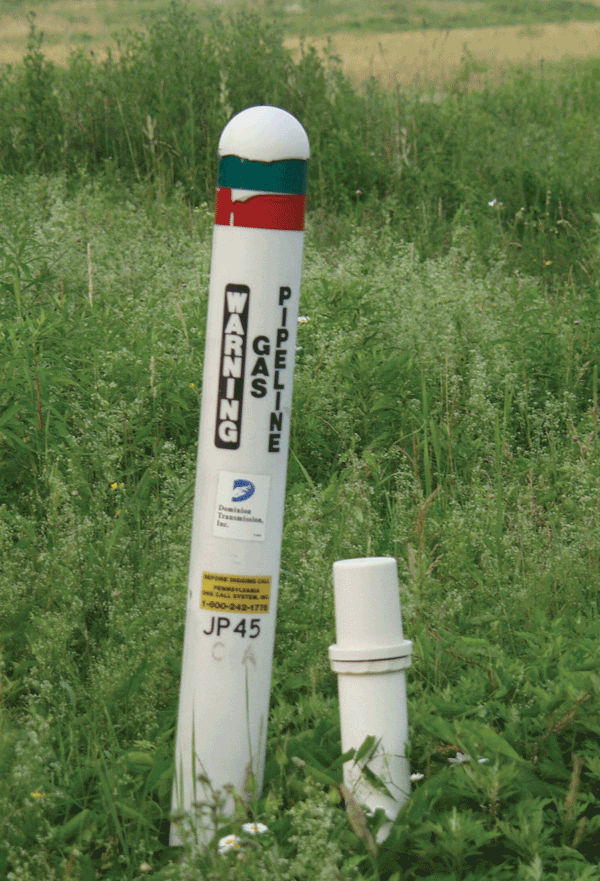 |
Gas Storage Technology ConsortiumTGas storage is a critical element in the natural gas industry. Having a safe and reliable supply of natural gas to meet domestic demand is vital to our nation. Producers, transmission and distribution companies, marketers, and end users all benefit directly from the load balancing function of storage. The objective of the Gas Storage Technology Consortium (GSTC) is to provide a means to accomplish industry-driven research and development with a mission to assist in the development, demonstration, and commercialization of technologies to improve the integrity, flexibility, deliverability, and cost-effectiveness of our nation’s underground natural gas/hydrocarbon storage facilities to meet domestic demand. Projects are funded based on those that best accomplish the Consortium goals in several focus areas: mechanical, well-bore and reservoir, operations, and salt Cavern. The consortium off ers full memberships for businesses and individuals, affiliate memberships for trade associations and university/college memberships. Since its inception in June 2004, the GSTC has awarded over $3 million to co-fund 27 projects. |
|
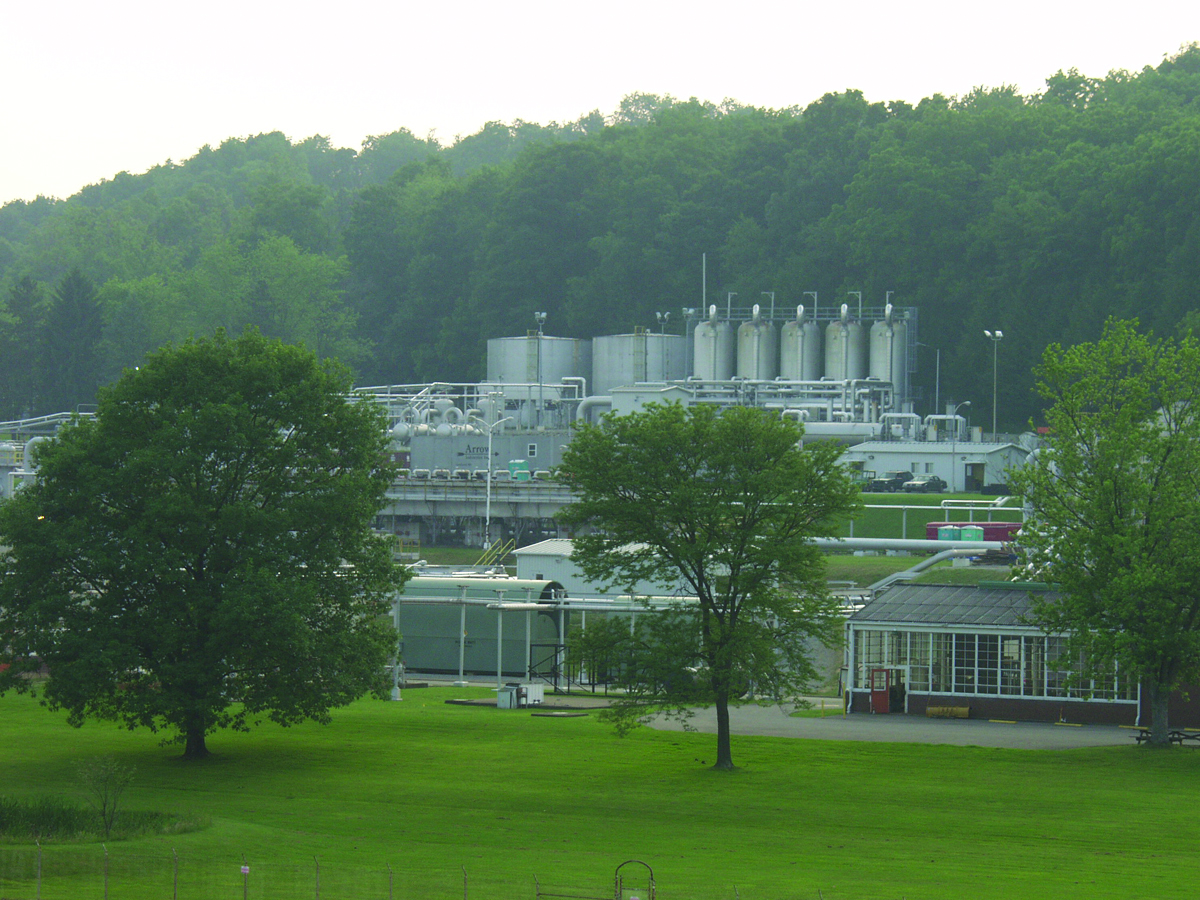 |
|||

